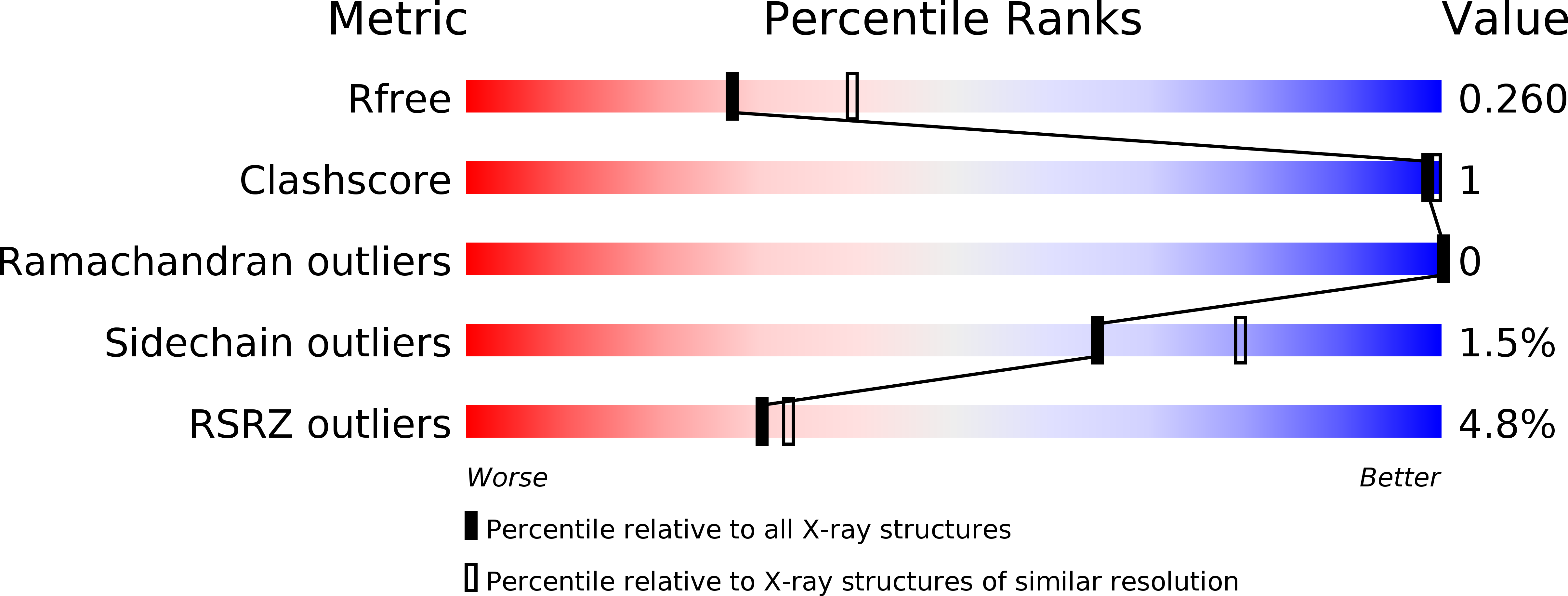
Deposition Date
2013-06-26
Release Date
2014-06-25
Last Version Date
2025-03-26
Entry Detail
PDB ID:
4LF2
Keywords:
Title:
Hexameric Form II RuBisCO from Rhodopseudomonas palustris, activated and complexed with sulfate and magnesium
Biological Source:
Source Organism:
Rhodopseudomonas palustris (Taxon ID: 258594)
Host Organism:
Method Details:
Experimental Method:
Resolution:
2.38 Å
R-Value Free:
0.25
R-Value Work:
0.20
R-Value Observed:
0.20
Space Group:
P 1


